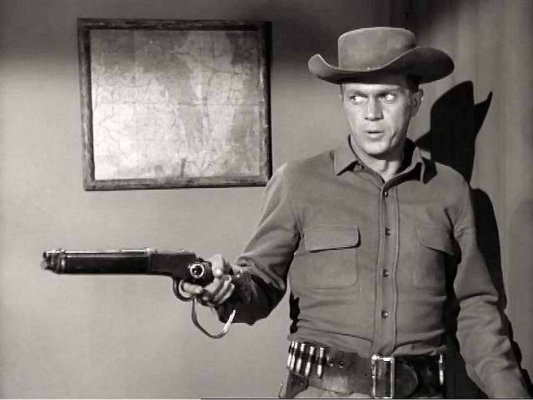Nomad Willy
Guru
I don't know much about guns and would rather keep it that way.
My first reaction to this thread is to say if one thinks they need a gun for protection while recreating on their pleasure boat (and usually having women and kids aboard) is that they find other kind of recreation, or move or both.
To be bear smart is the best way to get around the bear problem. I've spent time in Angoon where brown bears wander around around town and I don't remember of anyone being killed. The last time we were in Angoon arriving w our boat we saw a big brownie walking on the beach just below the store probably headed for the dumpster. We were headed for dad's house about 3/4 of a mile from the small boat harbor and we opted to go by dinghy and not the road.
As for guns for the bad guys I think it's mostly a gun mentality. We got there watching John Wayne, war movies ect. But as to the bear spray in confined spaces one previous poster has a point. Perhaps I should get a 32 pistol for the bedroom. With my bear spray I've really got to take him down as I've got to step over him in a hurry to get out through the door and away from the spray.
To you knowledgeable fighters what's the chances of killing someone w bear spray?
My first reaction to this thread is to say if one thinks they need a gun for protection while recreating on their pleasure boat (and usually having women and kids aboard) is that they find other kind of recreation, or move or both.
To be bear smart is the best way to get around the bear problem. I've spent time in Angoon where brown bears wander around around town and I don't remember of anyone being killed. The last time we were in Angoon arriving w our boat we saw a big brownie walking on the beach just below the store probably headed for the dumpster. We were headed for dad's house about 3/4 of a mile from the small boat harbor and we opted to go by dinghy and not the road.
As for guns for the bad guys I think it's mostly a gun mentality. We got there watching John Wayne, war movies ect. But as to the bear spray in confined spaces one previous poster has a point. Perhaps I should get a 32 pistol for the bedroom. With my bear spray I've really got to take him down as I've got to step over him in a hurry to get out through the door and away from the spray.
To you knowledgeable fighters what's the chances of killing someone w bear spray?





